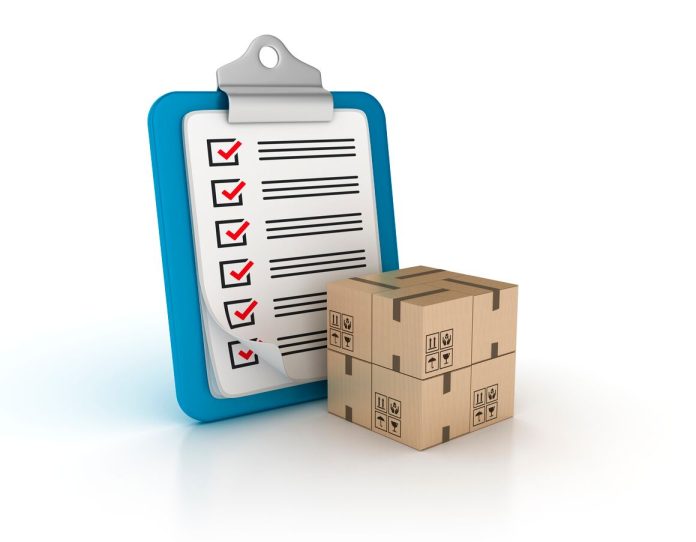Moving houses can be an exhilarating experience, symbolizing new beginnings and fresh starts. However, it can also be a daunting task, filled with the potential for overlooked details and last-minute scrambles. One way to navigate the process smoothly is by creating a house moving checklist. This guide prepared on data from the best San Francisco moving companies will walk you through the essentials of such a checklist to ensure a stress-free move.
1. Start Early
The moment you decide to move, it’s time to start preparing. Many underestimate the amount of time needed to move, so starting two or three months in advance is advisable. Create a timeline with key dates and tasks. This way, you won’t find yourself cramming tasks in the last week.
2. Inventory Your Items
Before you start packing, create an inventory. This will not only help you determine the packing supplies you need but also make unpacking organized. Categorize items by room and purpose. This is also an excellent opportunity to declutter; decide what you can sell, donate, or throw away.
3. Gather Packing Supplies
While boxes are essential, there are other packing materials you need:
- Boxes: A mix of sizes from small to large.
- Bubble wrap: For fragile items.
- Packing paper: To fill in gaps and protect items.
- Tape: Heavy-duty packing tape to seal boxes securely.
- Markers: For labeling boxes by room and content.
- Box cutters: For opening boxes without damage.
4. Hire or Decide on Transportation
Will you be using a professional moving company or renting a truck and doing it yourself? Get quotes from multiple moving companies early on and reserve your chosen service. If moving yourself, ensure you rent a truck of appropriate size and arrange for helpers.
5. Notify Important Parties
About a month before your move, notify essential institutions and people about your upcoming change of address:
- Utility providers (electricity, water, gas).
- Postal service for mail forwarding.
- Banks and credit card companies.
- Medical facilities and insurance providers.
- Employers and schools.
6. Pack Non-Essential Items First
Start with items you don’t use daily, such as seasonal clothing, books, and decorations. Label boxes with both the room they belong to and a general description of contents. This will make the unpacking process more manageable.
7. Prepare an Essentials Box
This should contain items you’ll need immediately upon arrival at your new home. Examples include:
- Toiletries (toothbrush, toilet paper, soap).
- Change of clothes.
- Important documents (IDs, leases, essential contracts).
- Medications.
- Chargers for electronic devices.
- Snacks and bottled water.
8. Plan for Pets and Plants
Both require special attention during a move. For pets, ensure you have a safe and comfortable carrier. Also, think about how they’ll adjust to the new environment. Plants can be tricky, especially for long distances, so research the best ways to move specific species.
9. Measure New Spaces
Before moving, measure rooms and doorways in your new home. This will ensure that larger furniture pieces will fit. If something won’t fit, you have time to sell or donate it.
10. Disassemble Furniture
Around a week before the move, begin disassembling larger furniture items. Keep screws and other small parts in labeled bags so you can quickly reassemble upon arrival.
11. Document the Condition of Items
Before packing electronics and other valuable items, take photos to document their current condition. This will be helpful if you need to file an insurance claim due to damages during the move.
12. Confirm Details with Movers
A few days before the move, confirm the date, time, and other essential details with your moving company or truck rental agency.
13. Final Cleaning
Once everything is out, clean your old home, especially if you’re selling or want to get your security deposit back.
14. Settle Outstanding Bills
Ensure all outstanding utility bills or services are settled before you move.
15. Relax and Reflect
Moving is a significant undertaking, so take a moment to relax and reflect on your old home and the memories made there. It’s essential to enter your new home with a clear mind and heart full of excitement.
Conclusion
Moving homes can be overwhelming, but a well-thought-out checklist makes the process more manageable and organized. By following the essentials outlined above, you’re setting yourself up for a smoother transition to your new abode. Happy moving!



